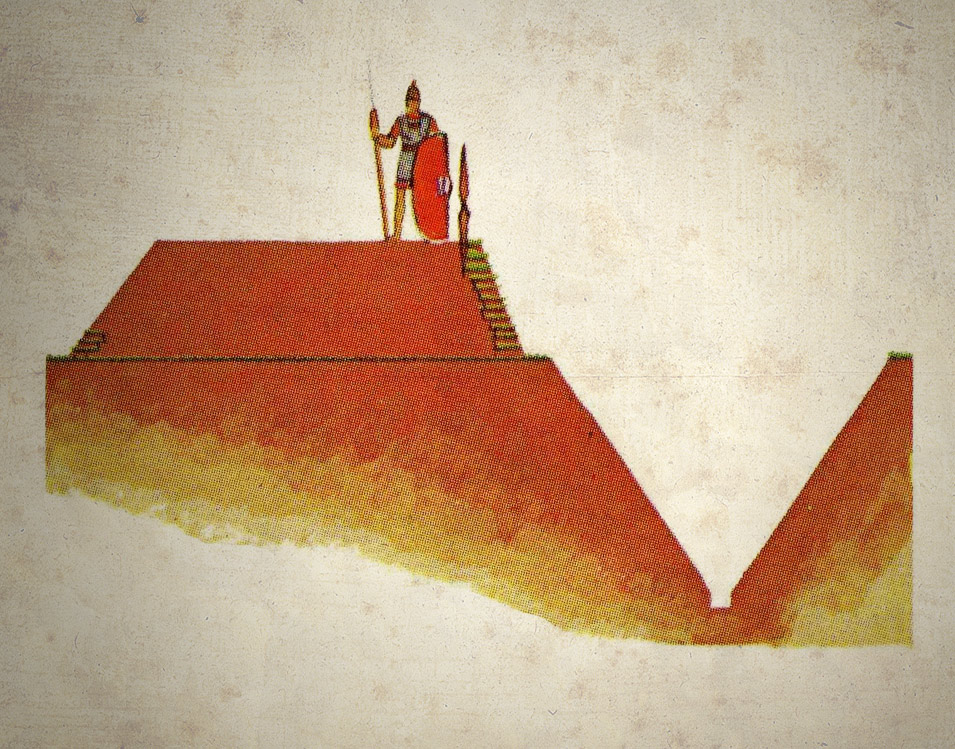Dear Visitor
You have just got to pages dealing with unique discoveries of historic importance not only for the city of Olomouc but also for the broader region of Central Europe. The place where Olomouc is nowadays situated was regularly selected for founding of villages as early as from the Neolithic period. It is where important crossroads near a ford across the Moravia river was located. That was probably one of the reasons the today's city of Olomouc was chosen by Roman soldiers to build a temporary camp found in 2001 in Neředín.
Accessibility | GDPR | Cookies, settings cookies | webmaster






